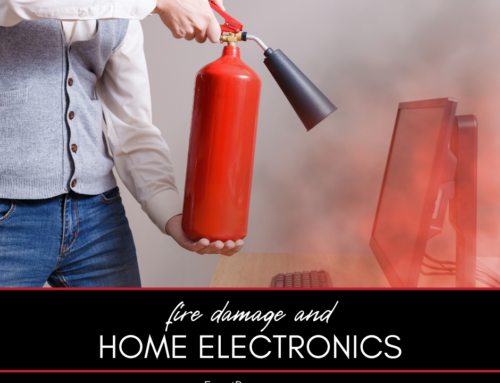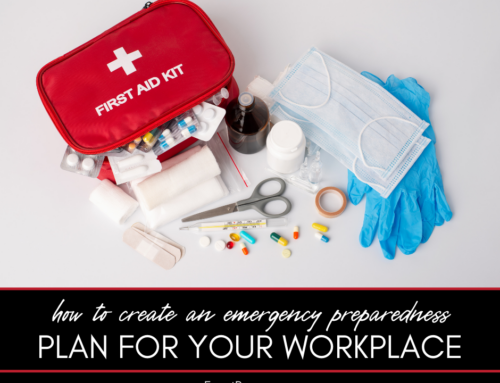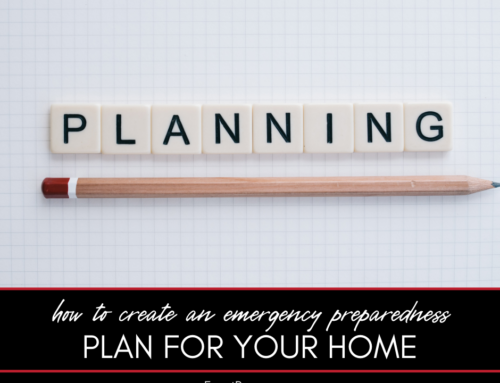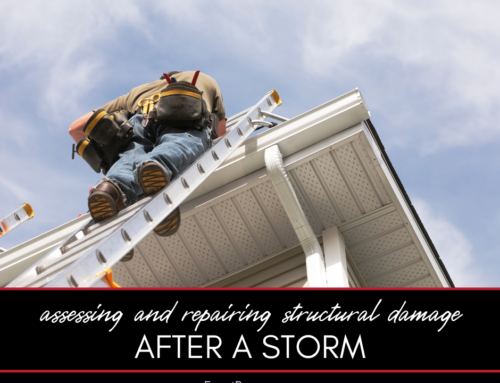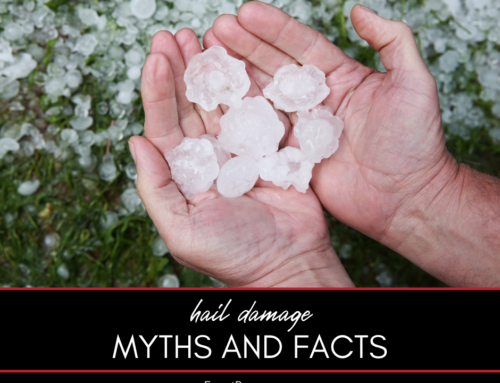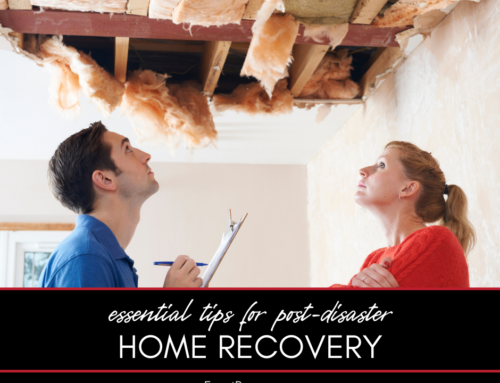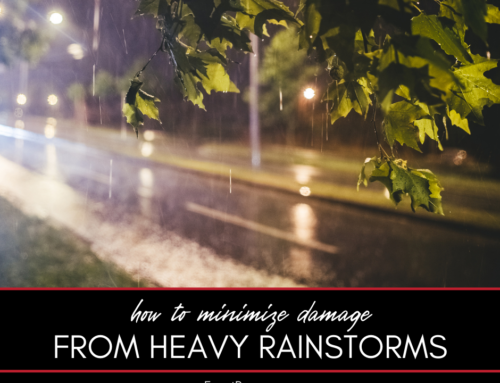Experiencing a natural disaster can be overwhelming, but taking prompt and organized steps can help you ensure safety and start the recovery process. Knowing what to do immediately after a disaster is crucial for protecting your home and family.
Steps to Take After a Natural Disaster Hits Your Home
Natural disasters can cause significant damage to your home and property. This guide explains the following:
- Ensuring safety
- Assessing and documenting damage
- Contacting your insurance company
- Securing your property
- Cleaning up and making temporary repairs
- Seeking professional help for restoration
Here’s a closer look at each.
1. Ensuring Safety
The first and most important step after a natural disaster is to ensure the safety of your family. Check for injuries and administer first aid if necessary. If your home has been severely damaged, evacuate immediately and find a safe place to stay. Avoid using matches, lighters, or electrical switches until you are sure there are no gas leaks or electrical hazards. Stay tuned to local news for emergency updates and follow any evacuation orders or safety instructions from authorities.
Related: Tips on protecting your home from disasters and other damage
2. Assessing and Documenting Damage
Once it is safe to do so, assess the damage to your home and property. Take photos and videos of all affected areas, both inside and outside your home. Document everything in detail, including structural damage, water damage, broken windows, and any damaged personal belongings. This documentation will be crucial for insurance claims and future repairs. Make a list of all damaged items, noting their approximate value and purchase date.
3. Contacting Your Insurance Company
After documenting the damage, contact your insurance company as soon as possible to report the loss and start the claims process. Provide them with all the documentation, including photos, videos, and a detailed inventory of damaged items. Follow their instructions for filing a claim and keep records of all communication with your insurance company. An insurance adjuster will likely visit your home to assess the damage and determine the coverage for repairs.
Related: How to make an insurance claim after a disaster
4. Securing Your Property
Securing your property is essential to prevent further damage and protect it from theft or vandalism. Board up broken windows and doors, and cover any holes in the roof with tarps to prevent water intrusion. If you need to leave your home, make sure it is properly locked and secured. Inform local authorities and neighbors that your home has been damaged and may be vacant. Securing your property will also help ensure the safety of anyone who enters the home during the recovery process.
5. Cleaning Up and Making Temporary Repairs
Begin cleaning up and making temporary repairs to prevent further damage and start the recovery process. Remove debris and damaged items from your home, but be cautious of hazardous materials and sharp objects. Clean and disinfect affected areas to prevent mold and bacteria growth. Make temporary repairs, such as covering broken windows and sealing leaks, to protect your home from the elements. Keep receipts for any expenses related to cleanup and temporary repairs, as these may be reimbursable by your insurance company.
Related: All about wind damage
6. Seeking Professional Help for Restoration
Natural disasters can cause extensive damage that requires professional restoration services. Professionals have the expertise and equipment to thoroughly assess and repair the damage, ensuring your home is safe and livable again. They can handle tasks such as water extraction, mold remediation, and structural repairs. Hiring a professional for restoration not only ensures the work is done correctly but also helps prevent future issues. For professional restoration services, contact Exact Recon to help restore your home to its pre-disaster condition.
FAQ About Recovering From Natural Disasters
Check out these commonly asked questions about recovering from natural disasters. If you don’t see your question here, please call our office and we’ll find you the answers you need.
How Soon Should I Contact My Insurance Company After a Disaster?
You should contact your insurance company as soon as possible after a disaster to report the damage and start the claims process. Prompt reporting can help expedite the assessment and repair process.
Can I Start Cleaning Up Before the Insurance Adjuster Arrives?
Yes, you can start cleaning up before the insurance adjuster arrives, but make sure to document all damage thoroughly before beginning cleanup. Keep receipts for any temporary repairs and cleanup expenses for reimbursement.
What Should I Include in My Damage Documentation?
Include detailed photos and videos of all damaged areas and items, both inside and outside your home. Make a list of damaged items with their approximate value and purchase date. Provide this documentation to your insurance company.
How Can I Prevent Further Damage to My Home After a Disaster?
To prevent further damage, secure your property by boarding up windows, covering roof holes with tarps, and sealing leaks. Remove debris and clean affected areas to prevent mold growth. Make temporary repairs to protect your home from the elements.
Related: Black, gray and clean water: What you need to know
When Should I Call a Professional for Restoration Services?
You should call a professional for restoration services as soon as possible after ensuring safety and documenting the damage. Professionals can handle extensive repairs and ensure your home is properly restored to a safe and livable condition.
Do You Need a Disaster Remediation Expert in Washtenaw County or Jackson County?
If your home has already been damaged, we can help. Check out our services and call Exact Recon for your free disaster remediation quote today. We offer:


